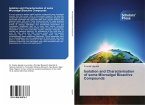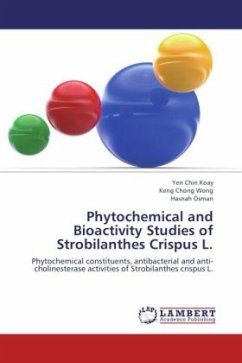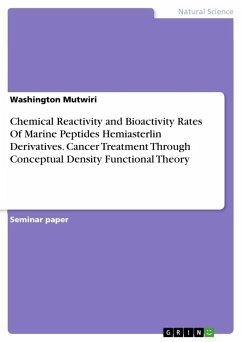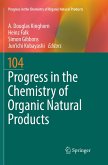Pakistan is enriched in a variety of seaweeds and other algae along its coastal and freshwater habitats respectively. There is no industry in Pakistan to utilize it as we see their vast utilization in other countries as food, fodder and fertilizer as well as in medicine and phycocolloid industries. Systematic scientific evaluation of algae to isolate and identify their secondary metabolites started in the earliest part of 20th century as a result, a new branch of phycology has been established as phycochemistry (Shameel, 1990). It deals with the study of natural products, secondary metabolites and other chemical constituents occurring in algae. A little work has been done so far on the secondary metabolites and other natural products of seaweeds from the coast of Karachi. The present work was aimed at the isolation and characterization of natural products extracted from estuarine algae belonging to the phyla: Cyanocophyta, Chlorocophyta and Charocophyta collected from Miani Hor and to investigate their diversity. The idea behind this effort was to bring about a comparison of the phycochemistry and bioactivity between the inhabitants of marine and brackish water environments.
Bitte wählen Sie Ihr Anliegen aus.
Rechnungen
Retourenschein anfordern
Bestellstatus
Storno








